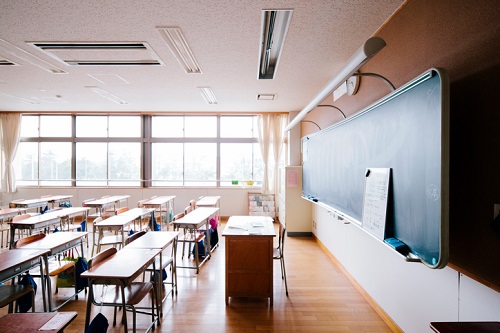
In December, a global study revealed that Australian 15-year-old students lag 3.5 years behind their Chinese counterparts in maths, with their performance in all three major subjects in long-term decline.
However, the authors of a new Grattan Institute report have unveiled a 12-year blueprint that they say can transform Australian schools and boost student learning by 18 months by the time they turn 15.
Top teachers: sharing expertise to improve teaching says that as the performance of Australian students is falling in international tests in reading, science and especially maths, we are failing to use our best teachers to improve teaching across all schools.
The Institute’s survey of 700 teachers and principals, conducted for the report, shows that top teachers are often given ‘add-on’ coaching roles, with inadequate time, training, or support to do the job properly.
Some teachers believe those promoted to instructional leadership roles are “mates of the principal” rather than the best people for the job.
New roles needed for nation’s best teachers
The report’s authors – Grattan Institute’s Education Program Director, Dr Peter Goss and Grattan Education Fellow Julie Sonnemann – are calling for two new roles for Australia’s top teachers, giving them dedicated ‘day jobs’ to improve teaching across all schools.
‘Master Teachers’ (the top 1% of the profession) would have no formal classroom load but would be the overall pedagogical leaders in their subjects, working across a network of schools in their region.
“They would help identify teacher needs and coordinate training. They would guide ‘Instructional Specialists’ (limited to 8 per cent of the workforce), who would split their time between classroom teaching and instructional leadership,” the report states.
“Instructional Specialists would work in their own schools to support and guide other teachers”.
Both roles would focus on specific subjects such as maths, science, and English. By 2032 there would be more than 20,000 Instructional Specialists and 2,500 Master Teachers.
Every teacher, in primary and secondary schools and in government, Catholic and independent schools, would benefit from more than one hour a week with Instructional Specialists in their subject area.
The new roles would help to spread teaching practices that have been shown to work well, and to generate new research in high-priority areas where Australian teachers or students may be lagging.
‘Governments can afford it’
Master Teachers would receive salaries of about $180,000 a year ($80,000 more than the highest standard pay rate for teachers), and Instructional Specialists up to $140,000, while the new expert teacher career path would cost about $560 per government school student per year by 2032.
Dr Goss and Sonnemann said the cost of achieving the blueprint shouldn’t be a problem for governments.
“Our blueprint would cost less than the planned increases to government school funding through the Gonski 2.0 model, and it would be one of the best possible ways to use the extra money,” the authors wrote.
They argue that non-government schools have had “significant funding increases” over the past decade and should fund the new model through their existing resources.
“Australia’s schools must do better,” Dr Goss said.
Sonnemann said the report offers a way to address two key aims of the Review to Achieve Educational Excellence in Australian Schools.
“The [Gonski 2.0 report] recommended better career paths and better professional learning for teachers. Our Top teachers report shows how to do both in one go”.


